An Artist's Review of Different Drawing Paper Types
Welcome to the vibrant world of drawing paper! As artists, we often find ourselves standing in the aisle of an art supply store, overwhelmed by the sheer variety of paper types available. Each paper has its own personality, waiting to be discovered, and understanding these differences can significantly elevate your artistic journey. This article explores various types of drawing paper, discussing their characteristics, uses, and suitability for different artistic techniques, helping artists make informed choices for their creative projects.
When it comes to drawing paper, paper weight is a fundamental aspect that can dramatically affect your drawing experience. Measured in grams per square meter (gsm), the weight of the paper influences its texture, durability, and even the types of mediums that can be effectively used on it. For instance, lighter papers (around 90-120 gsm) are often more suited for sketching and quick studies, while heavier papers (200 gsm and above) can withstand more aggressive techniques like wet media and heavy layering. Understanding these weights helps you choose the right paper for your artistic needs, ensuring that your creativity isn’t hindered by the limitations of your materials.
The texture of drawing paper plays a crucial role in how different mediums adhere to its surface. From smooth to rough, the finish can either enhance or detract from your artwork. Smooth papers are ideal for fine detail work and ink applications, offering a sleek canvas for precision. On the other hand, rough papers provide a tactile quality that can add depth and character to your pieces. Let’s dive deeper into these textures and discover how they can influence your artistic expression.
Comparing rough and smooth papers reveals their distinct qualities and how they interact with various mediums. Rough paper, with its textured surface, is fantastic for mediums like charcoal and pastels, allowing for rich, layered applications. The texture grips the medium, creating a beautiful depth that smooth paper simply cannot replicate. Conversely, smooth paper shines when it comes to detailed work, such as fine line ink drawings or delicate pencil sketches. The absence of texture allows for clean lines and precise shading, making it a favorite among illustrators and detail-oriented artists.
Rough paper is particularly ideal for techniques that benefit from texture. Think of it as the rugged canvas that allows your creativity to flourish. Here are some scenarios where rough paper truly shines:
- Charcoal Drawing: The texture holds onto the charcoal, allowing for rich, velvety blacks and intricate blending.
- Pastels: The rough surface helps to layer colors effectively, giving your artwork a vibrant and dynamic feel.
- Mixed Media: Rough paper can handle various mediums, making it perfect for experimental artists looking to combine techniques.
If your artistic endeavors lean towards precision and detail, smooth paper is your best friend. It’s especially beneficial in the following scenarios:
- Ink Work: Smooth paper prevents ink from bleeding, allowing for crisp lines and detailed illustrations.
- Pencil Sketching: The lack of texture enables fine point pencils to glide effortlessly, creating clean, clear lines.
- Watercolor Techniques: While not as common, some smooth papers are designed specifically for watercolor, allowing for controlled washes and fine details.
For artists with specific needs, specialty papers are a game changer. These papers are crafted for unique applications, such as watercolor, mixed media, and even digital art printing. For example, watercolor paper is designed to absorb water without warping, while mixed media paper combines the best of both worlds, allowing artists to experiment with various techniques. Understanding the features of these specialty papers can open up a whole new realm of creativity.
When preserving your artwork, the difference between acid-free and non-acid-free paper is crucial. Acid-free paper is manufactured to resist degradation, ensuring that your masterpieces remain vibrant and intact over time. This is particularly important for artists who want their work to last for generations. Non-acid-free paper, while often more affordable, can yellow and deteriorate over time, making it less suitable for finished pieces.
Using acid-free paper offers numerous benefits that artists should consider:
- Longevity: Acid-free paper resists yellowing and deterioration, preserving the integrity of your work.
- Quality: Many acid-free papers are of higher quality, providing a better drawing experience.
- Versatility: Acid-free paper can be used with a wide range of mediums, making it a reliable choice for various projects.
While acid-free paper is ideal for finished artwork, there are scenarios where non-acid-free paper might be a suitable choice. For instance, if you're practicing or sketching, using non-acid-free paper can be a cost-effective way to explore new techniques without breaking the bank. Just remember that these sketches may not last as long as those on acid-free paper, so keep that in mind when choosing your materials.
Q: What is the best paper for beginners?
A: Beginners might find sketch paper or non-acid-free paper suitable for practice, as these options are often more affordable.
Q: Can I use watercolor on smooth paper?
A: While it’s not the most common choice, some smooth papers are designed for watercolor and can work well for controlled washes.
Q: How do I know if my paper is acid-free?
A: Look for labels or descriptions indicating "acid-free" or "archival quality" on the paper packaging.
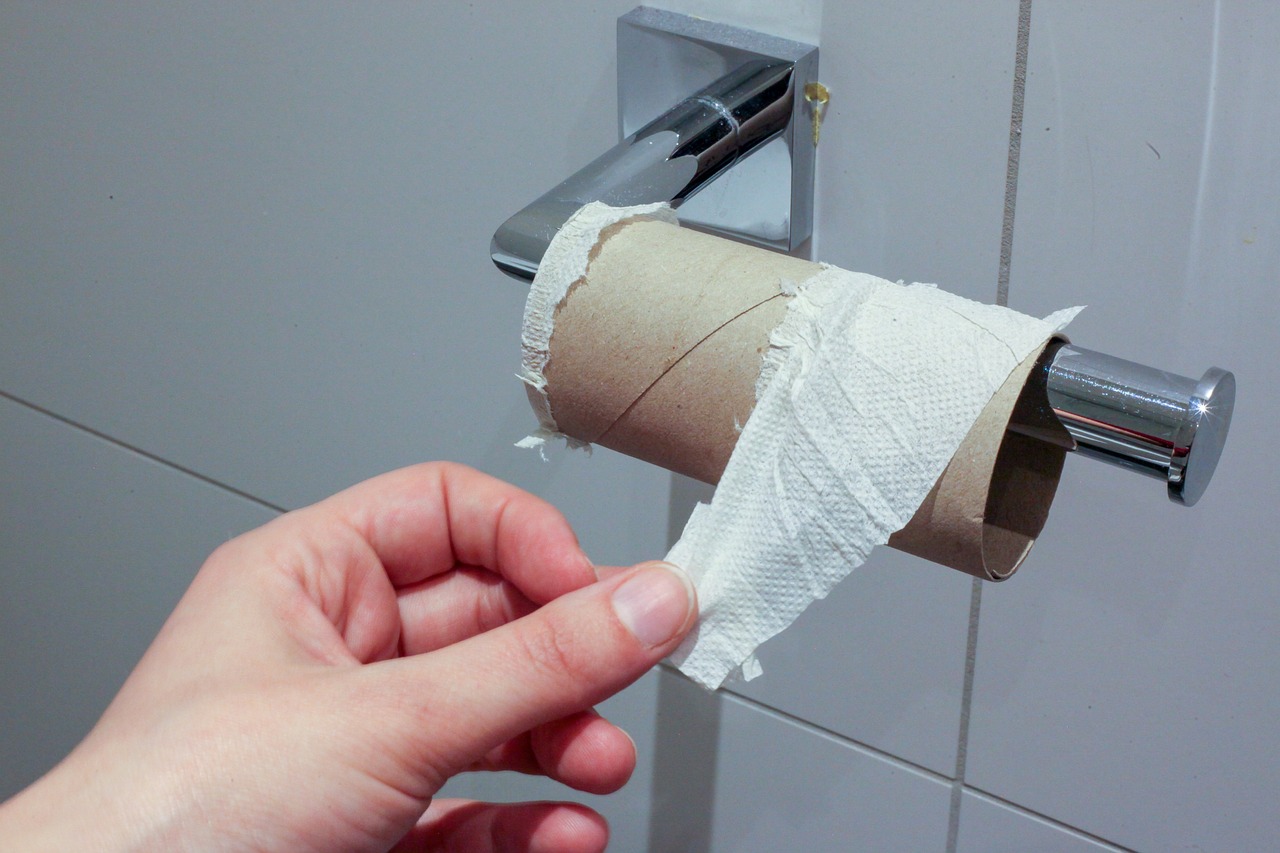
Understanding Paper Weight
When it comes to choosing the right drawing paper, understanding paper weight is crucial for any artist. Paper weight is measured in grams per square meter (gsm) or pounds (lb), and it significantly influences the texture, durability, and overall drawing experience. Generally, the higher the weight, the thicker and more robust the paper, which can affect how well it holds various mediums.
For instance, lightweight papers, typically under 150 gsm, are often used for sketching and practice. They are easy to handle and can be less expensive, making them ideal for artists who want to experiment without breaking the bank. However, they may not withstand heavy applications of wet mediums like watercolors or ink, leading to potential buckling or tearing.
On the other hand, medium-weight papers (between 150 gsm and 250 gsm) strike a balance between versatility and durability. These papers can handle a variety of drawing techniques, from pencil and charcoal to light washes of watercolor. They are often favored by artists who enjoy mixed media, as they can accommodate different materials without compromising the integrity of the paper.
Finally, heavyweight papers, typically over 250 gsm, are designed for serious projects. These papers are incredibly durable and can handle wet mediums and heavy applications without warping. They are perfect for artists who want to create long-lasting works of art, as they provide a solid foundation for intricate details and bold strokes.
To give you a clearer understanding, here's a quick comparison of paper weight categories:
| Paper Weight (gsm) | Usage | Best For |
|---|---|---|
| Under 150 | Lightweight | Sketching, Practice |
| 150 - 250 | Medium-weight | Mixed Media, Pencil, Charcoal |
| Over 250 | Heavyweight | Watercolors, Detailed Work |
In conclusion, the choice of paper weight can dramatically affect your artistic process and the final outcome of your work. Whether you’re sketching, painting, or experimenting with mixed media, understanding how paper weight influences your materials will help you make informed decisions for your creative projects.
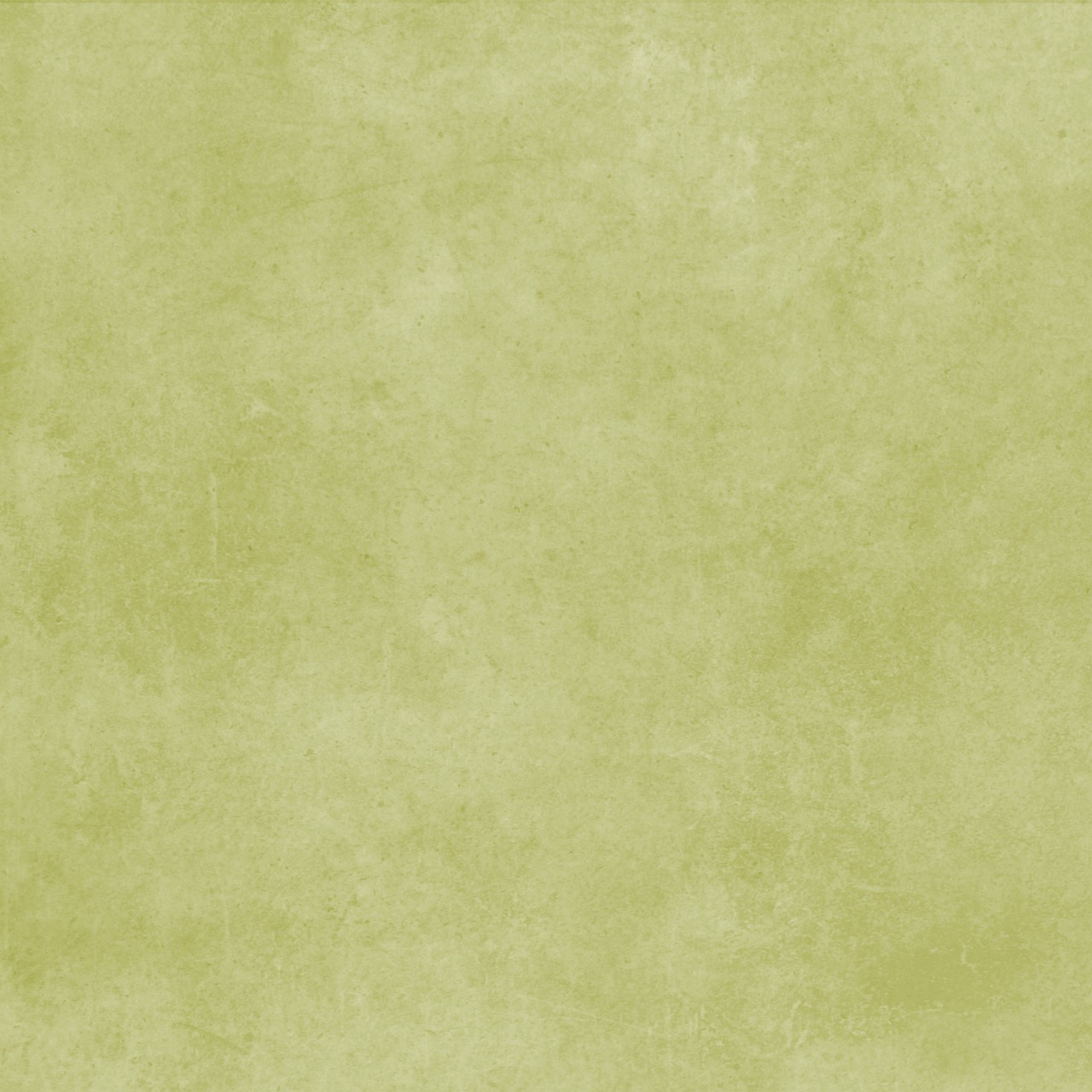
Texture and Finish
When it comes to drawing paper, texture and finish are two of the most crucial factors that can dramatically influence your artistic creations. Imagine you are a chef; the type of pan you use can alter the outcome of your dish, just as the texture of your paper can change the way your artwork feels and looks. Different textures can either enhance or hinder your ability to express your ideas, making it essential to choose wisely based on the medium you plan to use.
Drawing paper typically comes in three main textures: smooth, rough, and vellum. Each of these textures offers unique qualities that cater to various artistic techniques. For instance, smooth paper is like a blank canvas, inviting intricate details and fine lines, making it ideal for mediums like ink and colored pencils. On the other hand, rough paper provides a tactile surface that allows for more expressive strokes, perfect for techniques involving charcoal or pastels. This choice can be pivotal, especially when you want your artwork to resonate with raw emotion.
To give you a clearer picture of how different textures can impact your work, let's break it down:
| Texture | Best Suited For | Artistic Implications |
|---|---|---|
| Smooth | Ink, markers, colored pencils | Allows for detailed work and fine lines |
| Rough | Charcoal, pastels | Enhances texture and expressive strokes |
| Vellum | Graphite, ink | Offers a subtle texture for controlled application |
Understanding these textures is not just about preference; it’s about how they interact with the mediums you choose. For instance, when using charcoal on rough paper, the texture grabs onto the medium, allowing for a more profound and richer application. Conversely, using charcoal on smooth paper might result in a lack of depth, as the medium can easily slide off the surface. This interaction can lead to frustration if you’re not aware of how your tools will respond to the paper.
Moreover, the finish of the paper can also affect your artwork. A cold-pressed finish, often found in watercolor papers, has a pronounced texture that can create beautiful, organic effects, especially when wet. In contrast, a hot-pressed finish is smooth and perfect for detailed work, giving artists the control they crave. Think of it as choosing between a rustic wooden table and a sleek glass one for a dinner party; each has its charm and utility, and your choice can set the tone for the entire experience.
Ultimately, the right choice of texture and finish can elevate your artwork from ordinary to extraordinary. It’s all about finding the perfect match for your artistic voice. So, the next time you’re at the art supply store, take a moment to feel the paper. Run your fingers across its surface and imagine how it will interact with your chosen medium. Will it be a smooth sail or a bumpy ride? Your artistic journey awaits!
- What is the best paper texture for beginners? Smooth paper is often recommended for beginners as it allows for easy application of pencils and inks.
- Can I use rough paper for ink drawings? While rough paper can be used, it may not provide the precision needed for fine ink work.
- What type of paper is best for watercolor? Cold-pressed watercolor paper is ideal as it holds water well and adds texture to the artwork.
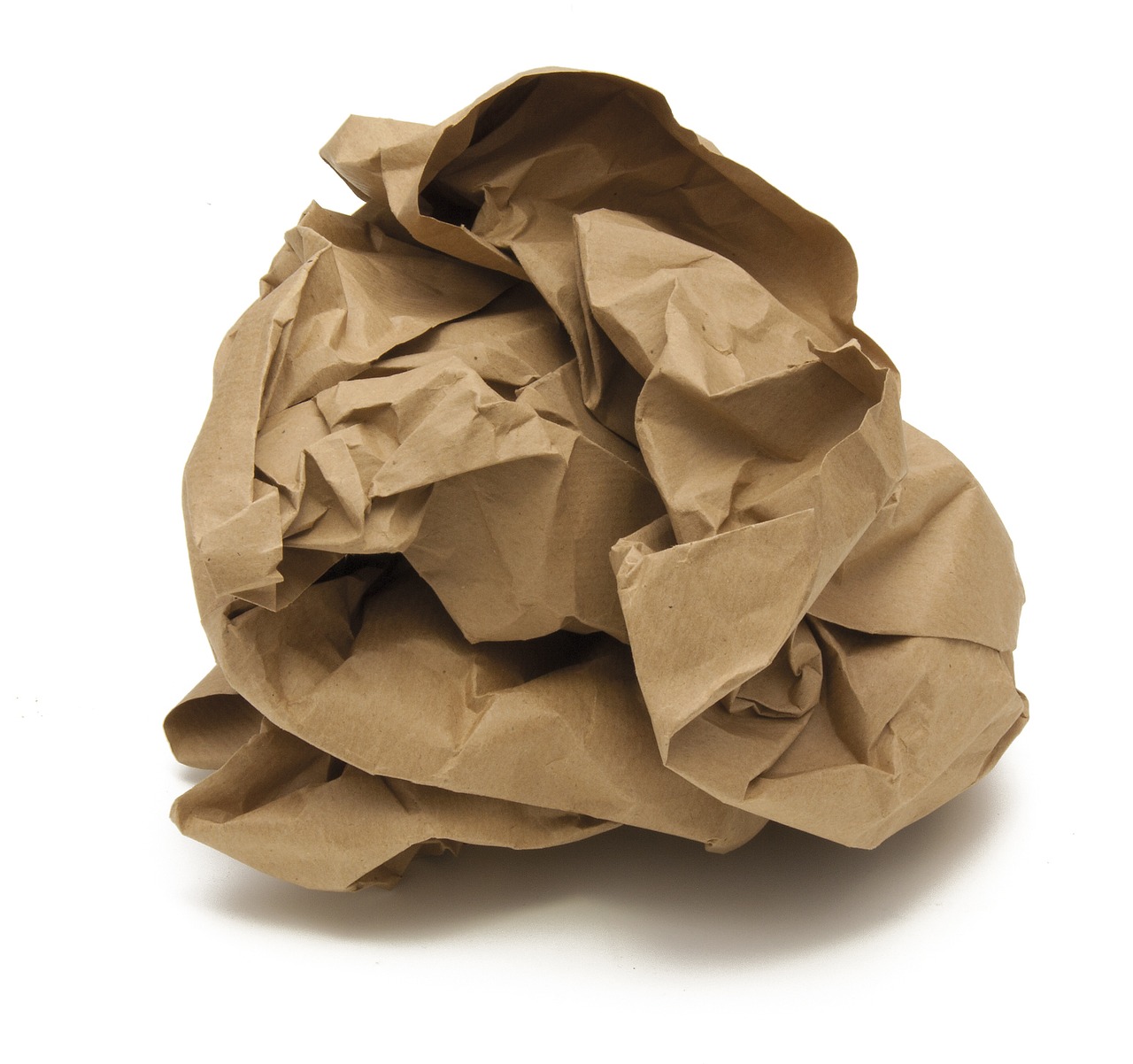
Rough vs. Smooth Paper
When it comes to choosing between rough and smooth paper, artists often find themselves at a crossroads, each option presenting unique qualities that can dramatically influence the final outcome of their artwork. Rough paper, with its pronounced texture, invites a tactile experience that can add depth and dimension to drawings. This type of paper is particularly beloved by artists who work with mediums like charcoal and pastels, as the texture allows these materials to grip the surface, creating rich, layered effects. Imagine painting on a canvas that feels like a rugged mountain range; every stroke can reveal new valleys and peaks, giving the artwork a life of its own.
On the flip side, smooth paper offers a different kind of magic. It serves as a blank canvas, pristine and unyielding, perfect for artists who crave precision and clarity in their work. Smooth paper is often favored for detailed ink drawings and fine pencil work, where every line needs to be crisp and clear. Think of it as a calm lake, where your reflections are sharp and undistorted, allowing every detail to shine through without distraction. The choice between these two types of paper can often come down to the specific techniques you plan to employ in your artwork.
To further illustrate the differences, consider the following table that highlights the key characteristics of rough and smooth paper:
| Characteristics | Rough Paper | Smooth Paper |
|---|---|---|
| Texture | Highly textured, with visible grain | Flat and even, no noticeable texture |
| Medium Compatibility | Best for charcoal, pastels, and watercolor | Ideal for ink, fine pencil, and markers |
| Artistic Effects | Creates depth and a tactile feel | Allows for precision and fine detail |
| Overall Experience | Dynamic and expressive | Controlled and meticulous |
Ultimately, the choice between rough and smooth paper should align with your artistic goals. If you’re aiming for a piece that bursts with texture and movement, rough paper is your best friend. However, if your focus is on clean lines and intricate details, smooth paper will serve you well. It’s all about understanding your medium and how it interacts with the paper, allowing you to make informed decisions that elevate your artistic practice.
- Can I use rough paper for ink drawing? While it is possible, the texture may disrupt the flow of ink, making it less ideal for intricate designs.
- Is smooth paper better for all mediums? Not necessarily; each medium has its strengths, and smooth paper excels with ink and fine pencils but may not capture the richness of pastels.
- How do I choose the right paper for my project? Consider the medium you’ll be using and the effect you wish to achieve. Experimenting with different papers can also help you find your preferred choice.

Ideal Uses for Rough Paper
Rough paper is like the wild child of the drawing paper family—it's textured, rugged, and full of personality! When you pick up a piece of rough paper, you're not just choosing a surface; you're opting for an experience that can elevate your artwork to new heights. Artists often gravitate towards rough paper for its unique ability to capture and enhance the natural beauty of various mediums.
One of the most prominent uses of rough paper is in the realm of pastels. The texture of rough paper allows pastel pigments to cling effectively, creating vibrant layers that pop with color. The uneven surface provides additional grip, making it easier to build up those luscious, rich hues without worrying about the medium sliding off. Similarly, when working with charcoal, artists find that rough paper can produce stunning contrasts and depth. The rough texture helps to create those dramatic, dark lines while also allowing for softer shading, giving your artwork a dynamic range of values.
Additionally, rough paper is fantastic for watercolor techniques. While many artists might initially think of watercolor paper as the go-to, rough paper can offer a different approach. It allows for bold strokes and expressive washes, capturing the spontaneity of the medium. The texture can create fascinating effects, such as granulation, which adds an organic feel to landscapes or abstract pieces. In fact, many artists use rough paper to explore their creativity, experimenting with various techniques and mediums, leading to unexpected and delightful results.
However, it’s essential to note that rough paper is not just for established artists. Beginners can also benefit from its forgiving nature. The texture can mask minor mistakes and encourage experimentation, making it an excellent choice for those just starting their artistic journey. So, whether you're a seasoned pro or a budding artist, rough paper offers a playground for creativity.
In summary, the ideal uses for rough paper include:
- Pastels: Enhances color vibrancy and layering.
- Charcoal: Creates depth and contrast.
- Watercolors: Captures spontaneity and unique effects.
- Experimentation: Perfect for beginners to explore techniques.
When you choose rough paper, you're not just selecting a medium; you're embracing a whole new world of artistic possibilities. So grab your pastels, charcoal, or watercolors, and let the texture of rough paper inspire your next masterpiece!
Here are some common questions artists have about using rough paper:
- Can I use rough paper for ink drawings? Yes, but be aware that the texture may affect the precision of fine lines.
- Is rough paper suitable for all types of mediums? While it's excellent for certain mediums like pastels and charcoal, it may not be ideal for detailed ink work.
- How do I choose the right weight of rough paper? Consider the medium you'll be using; heavier weights are better for wet mediums, while lighter weights can suffice for dry techniques.
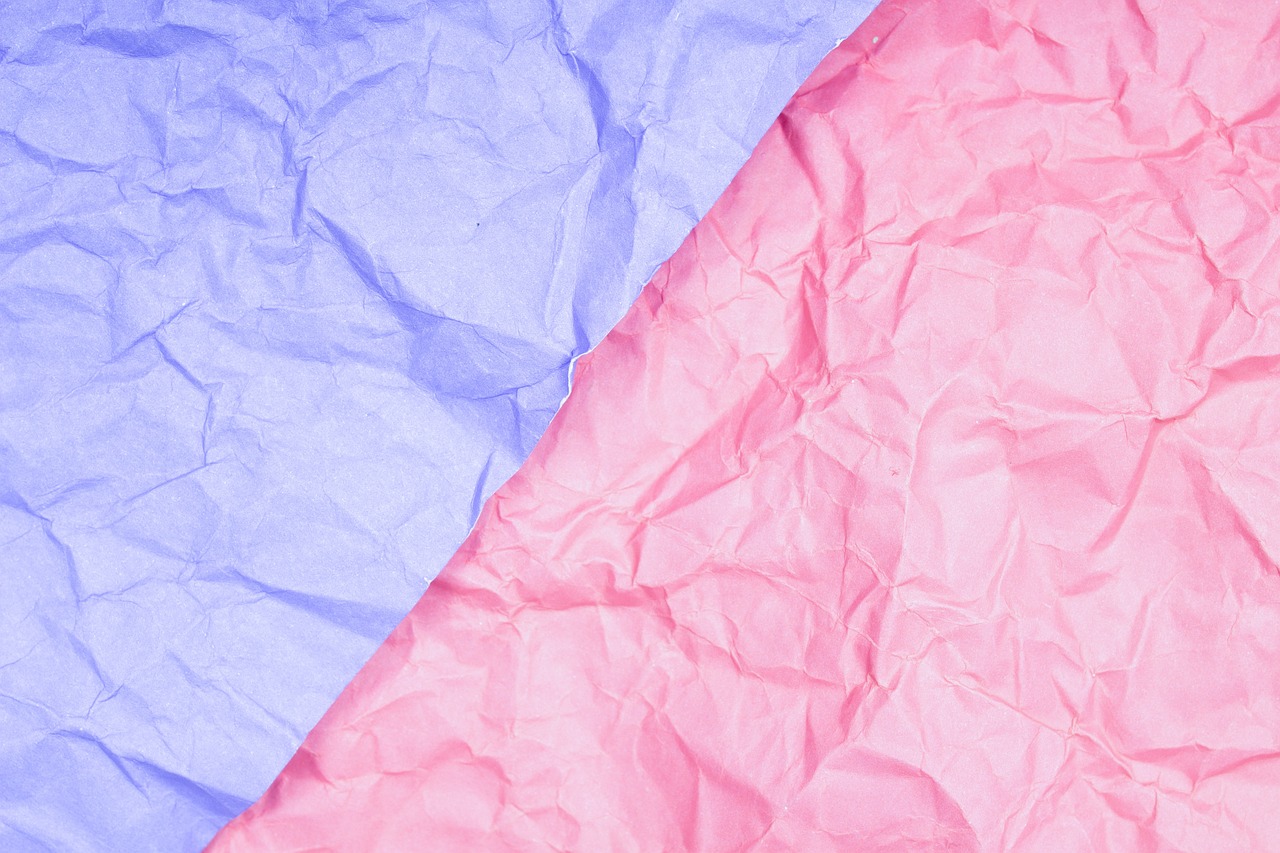
When to Choose Smooth Paper
Choosing smooth paper can make a world of difference in your artistic journey. If you're an artist who loves to create detailed illustrations or intricate designs, smooth paper is your best friend. The fine texture allows for precise lines and clean edges, making it perfect for mediums like ink, markers, and colored pencils. Imagine trying to draw a delicate flower on a rough surface—it's like trying to paint a masterpiece on a bumpy canvas; the details get lost in the texture!
One of the key advantages of smooth paper is its ability to handle fine-point pens and brushes. When you're working with vibrant inks or watercolors, a smooth surface ensures that the colors glide effortlessly, resulting in a polished finish. This is particularly beneficial when you're aiming for a professional look in your artwork. If you're creating a piece for a client or an exhibition, smooth paper can elevate your work from ordinary to extraordinary.
Furthermore, smooth paper is excellent for layering techniques. Artists often build up colors gradually, and a smooth surface allows for seamless blending. Whether you're creating a soft gradient in a watercolor painting or layering colored pencils to achieve depth, smooth paper provides the ideal foundation. In contrast, rough paper can absorb too much pigment, making it challenging to achieve the desired effects.
However, it's important to note that not all artistic endeavors require smooth paper. If you're working on a piece that demands texture or depth, you might want to explore rough paper options. But for those moments when clarity and precision are paramount, smooth paper is undeniably the way to go.
In summary, here are some scenarios where you should definitely consider using smooth paper:
- When creating detailed illustrations or designs.
- If you're using ink, markers, or colored pencils.
- For projects that require clean lines and precise edges.
- When layering colors for depth and blending.
Ultimately, the choice of paper can significantly influence the outcome of your artwork. So, next time you're stocking up on supplies, remember to consider smooth paper for those projects that call for finesse and precision!
Q: Can I use smooth paper for watercolors?
A: While smooth paper can be used for watercolors, it's generally recommended to use watercolor paper, which is designed to handle the moisture and pigment better. Smooth paper may not absorb water as effectively, leading to issues with bleeding or warping.
Q: Is smooth paper suitable for all drawing mediums?
A: Smooth paper works best with mediums that require precision, such as ink and colored pencils. However, it may not be ideal for mediums like charcoal or pastels, which benefit from a rougher texture that allows for better grip and blending.
Q: How do I know if a paper is smooth?
A: You can typically feel the texture of the paper by running your fingers over it. Additionally, product descriptions and specifications will usually indicate whether the paper is smooth, textured, or rough.
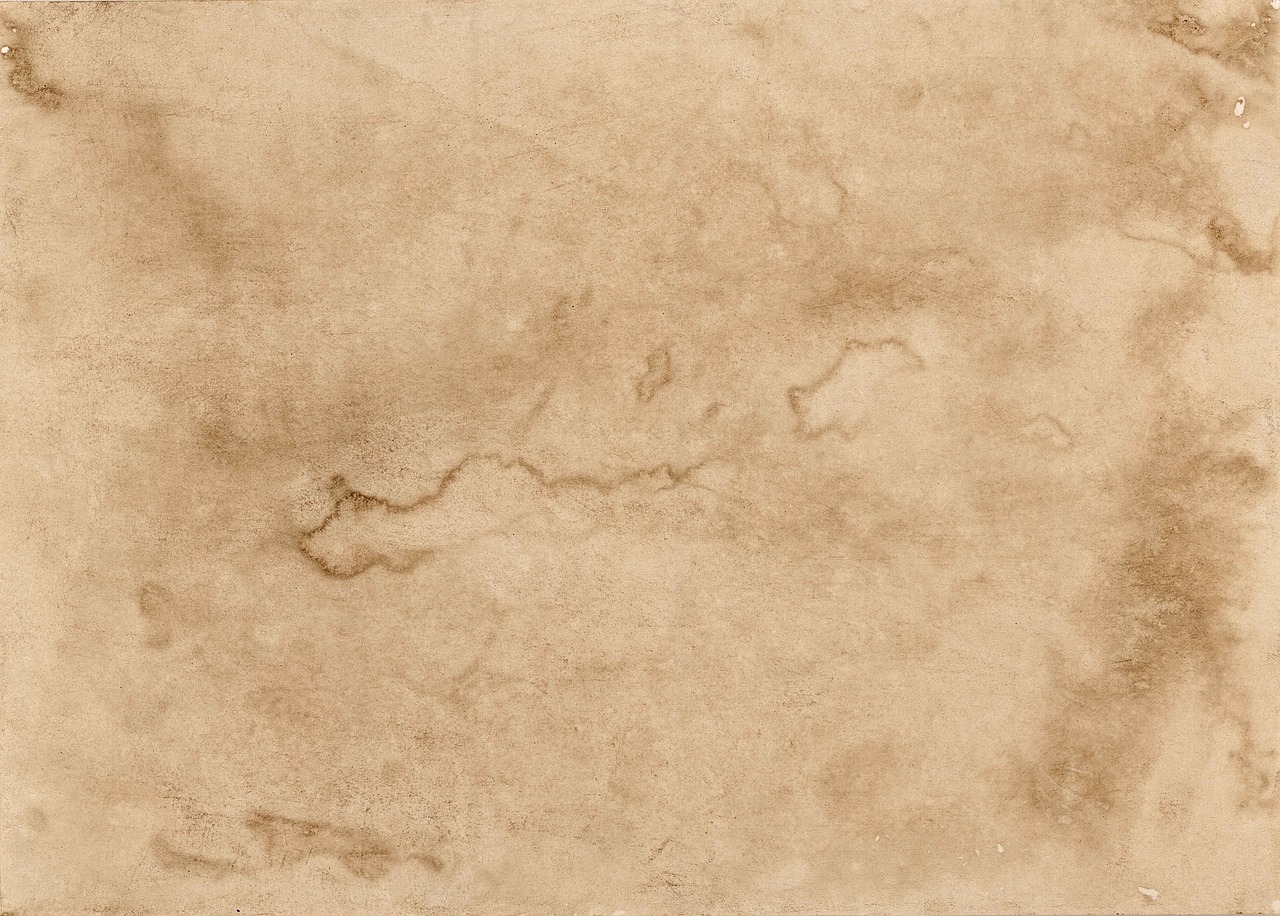
Specialty Papers
When it comes to artistic expression, are like the secret ingredients in a recipe that can elevate your artwork to new heights. These unique types of paper are designed with specific mediums and techniques in mind, allowing artists to achieve effects that standard papers simply can't match. Whether you’re a watercolor wizard, a mixed media maven, or someone who loves to experiment with textures, understanding the various specialty papers available can be a game-changer for your creative projects.
One of the most popular types of specialty paper is watercolor paper. This paper is typically heavier and designed to absorb water without warping, making it ideal for watercolor paints. It comes in various textures, including hot-pressed (smooth), cold-pressed (not rough but with a slight texture), and rough. Each texture can produce different effects, enhancing the overall aesthetic of your artwork. For instance, if you love bold, vibrant strokes, a rough watercolor paper might be your best bet, as it allows for more texture and depth.
Another notable mention is mixed media paper. This versatile option is perfect for artists who like to combine various mediums, such as ink, acrylics, and pastels. Mixed media paper is usually thicker and more durable, ensuring that it can handle the layering and manipulation that comes with different materials. Its surface is designed to be forgiving, allowing for mistakes and adjustments without compromising the integrity of your artwork.
Additionally, there are drawing papers specially formulated for colored pencils, charcoal, and pastels. These papers often feature a unique tooth or texture that grips the medium better, allowing for more control and detail. For example, if you're working with charcoal, a paper with a rough texture can help you achieve those dramatic, smoky effects while providing enough resistance to hold the medium in place.
In summary, specialty papers are tailored to meet the unique demands of different artistic techniques. By choosing the right paper for your medium, you can unlock a world of creativity and enhance the quality of your work. It's essential to experiment with various types of specialty papers to discover which ones resonate with your artistic style and techniques. Remember, the right paper can make all the difference in your artistic journey!
- What is the difference between watercolor paper and mixed media paper?
Watercolor paper is specifically designed to handle wet media, while mixed media paper is more versatile and can accommodate various mediums, including wet and dry materials.
- Can I use regular drawing paper for watercolor painting?
While you can use regular drawing paper for watercolor, it may warp or buckle when wet. It's best to use paper specifically designed for watercolors for optimal results.
- Is specialty paper more expensive than regular paper?
Generally, yes. Specialty papers are often more expensive due to their unique properties and the quality of materials used. However, investing in the right paper can significantly enhance your artwork.

Acid-Free vs. Non-Acid-Free Paper
When it comes to selecting the right drawing paper, understanding the difference between acid-free and non-acid-free paper is crucial for artists who want their work to stand the test of time. Acid-free paper is specifically designed to resist deterioration, which is essential for preserving the integrity of your artwork. This type of paper is made with a neutral or alkaline pH, preventing the yellowing and brittleness that can occur with age. If you’re an artist who values longevity in your work, acid-free paper should be your go-to choice.
On the other hand, non-acid-free paper, while often more affordable, can lead to problems down the line. This paper is made without the same considerations for preservation, and over time, it can become yellow and brittle, diminishing the quality of your artwork. However, this doesn't mean that non-acid-free paper doesn't have its place in an artist's toolkit. Many artists use it for practice sketches, brainstorming, or quick studies where longevity isn’t a concern.
To help you understand the implications of choosing between these two types of paper, let’s look at a comparison table:
| Feature | Acid-Free Paper | Non-Acid-Free Paper |
|---|---|---|
| Longevity | High - resists yellowing and deterioration | Low - prone to yellowing over time |
| Cost | Generally more expensive | More affordable |
| Best Uses | Final artworks, archival quality pieces | Practice sketches, quick studies |
| Availability | Widely available in art supply stores | Commonly found in general stationery |
In summary, the choice between acid-free and non-acid-free paper boils down to your artistic goals. If you’re creating a masterpiece that you want to last for generations, acid-free is the way to go. However, if you’re just doodling or experimenting with new techniques, non-acid-free paper can be a practical choice. Ultimately, understanding these differences will empower you to make informed decisions that align with your artistic vision.
- What is acid-free paper? Acid-free paper is made with a neutral or alkaline pH, preventing deterioration and yellowing over time.
- Why is acid-free paper important for artists? It ensures the longevity of artwork, making it ideal for final pieces and archival purposes.
- Can I use non-acid-free paper for important projects? While you can, it's not recommended as it may compromise the quality of your artwork over time.
- Is acid-free paper more expensive? Yes, it typically costs more due to the materials and processes used in its production.
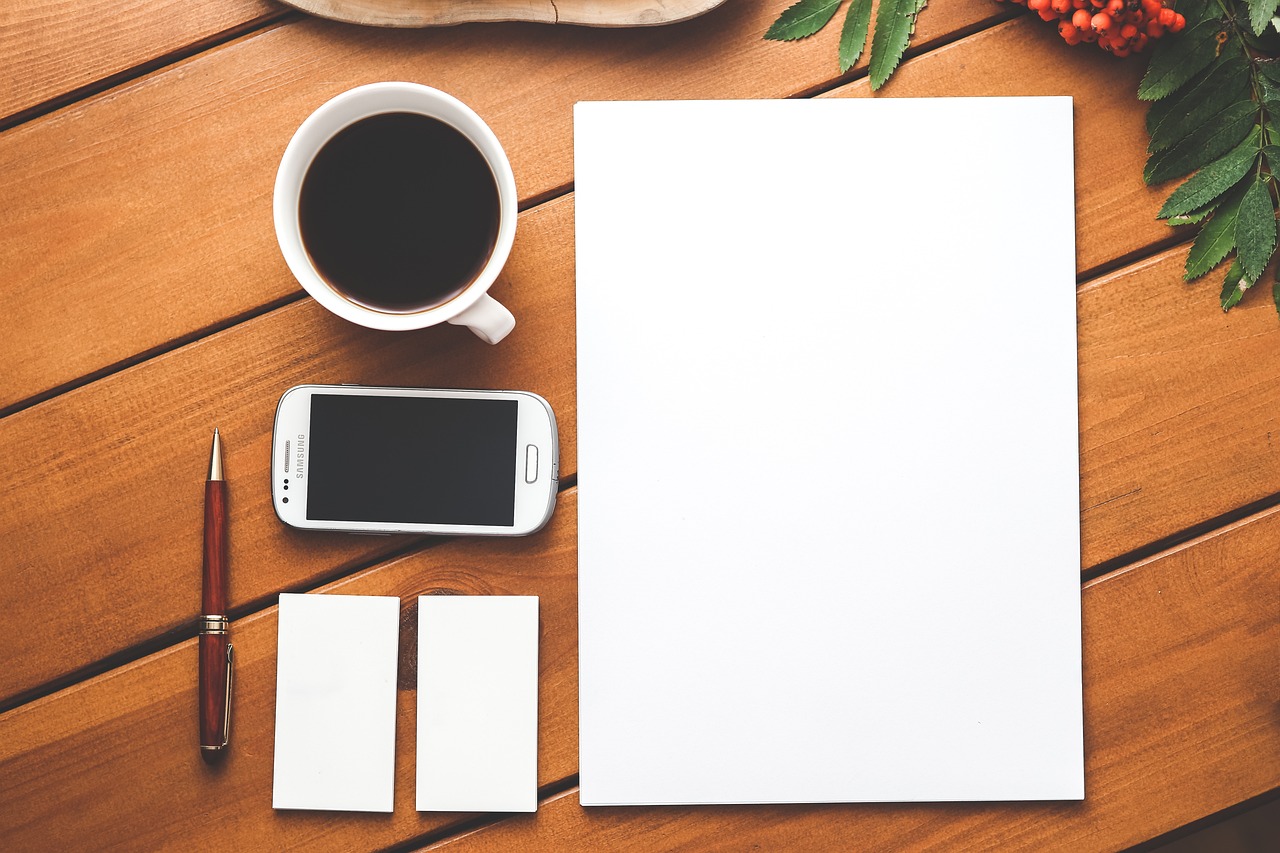
Benefits of Acid-Free Paper
When it comes to preserving your artwork, acid-free paper is a game changer. Unlike regular paper, which can degrade over time due to the presence of acids, acid-free paper is specifically designed to resist this deterioration. This means that your masterpieces can last for generations without yellowing or becoming brittle. Imagine creating a stunning piece of art today and knowing that it will look just as vibrant in fifty years! That's the magic of acid-free paper.
One of the most significant advantages of using acid-free paper is its longevity. Artists often invest a considerable amount of time and effort into their work, and the last thing they want is for their art to fade away. Acid-free paper is made with a neutral pH, which helps to prevent the breakdown of fibers and keeps your colors intact. This is particularly important for those who work with mediums like watercolors or inks, which can be sensitive to environmental factors.
Additionally, acid-free paper is less likely to react with other materials. For instance, if you're using archival-quality inks or paints, you want to ensure that your paper won't compromise their integrity. Acid-free options are designed to work harmoniously with these materials, allowing you to achieve the best results possible. This compatibility is crucial for artists who aim for the highest quality in their work.
Another benefit is the versatility of acid-free paper. It comes in various textures and weights, making it suitable for a wide range of artistic techniques. Whether you’re sketching, painting, or using mixed media, there's an acid-free paper that can meet your needs. For example, you might choose a heavier weight for charcoal drawings to prevent smudging or a smoother finish for detailed ink work. The possibilities are endless!
Lastly, using acid-free paper can be a smart investment in your artistic future. While it may be slightly more expensive than non-acid-free options, the benefits far outweigh the cost. Think of it as a way to ensure that your art remains a cherished piece for years to come. After all, wouldn’t you want your hard work to be preserved in its best form?
- What is acid-free paper made of? Acid-free paper is made from wood pulp that has been treated to remove acids, resulting in a neutral pH.
- Can I use acid-free paper for all types of art? Yes! Acid-free paper is versatile and can be used for various mediums, including pencils, inks, and paints.
- Is acid-free paper more expensive? Generally, yes, but the long-term benefits of preservation can justify the cost.
- How can I tell if my paper is acid-free? Look for labels such as “acid-free” or “archival quality” on the packaging.
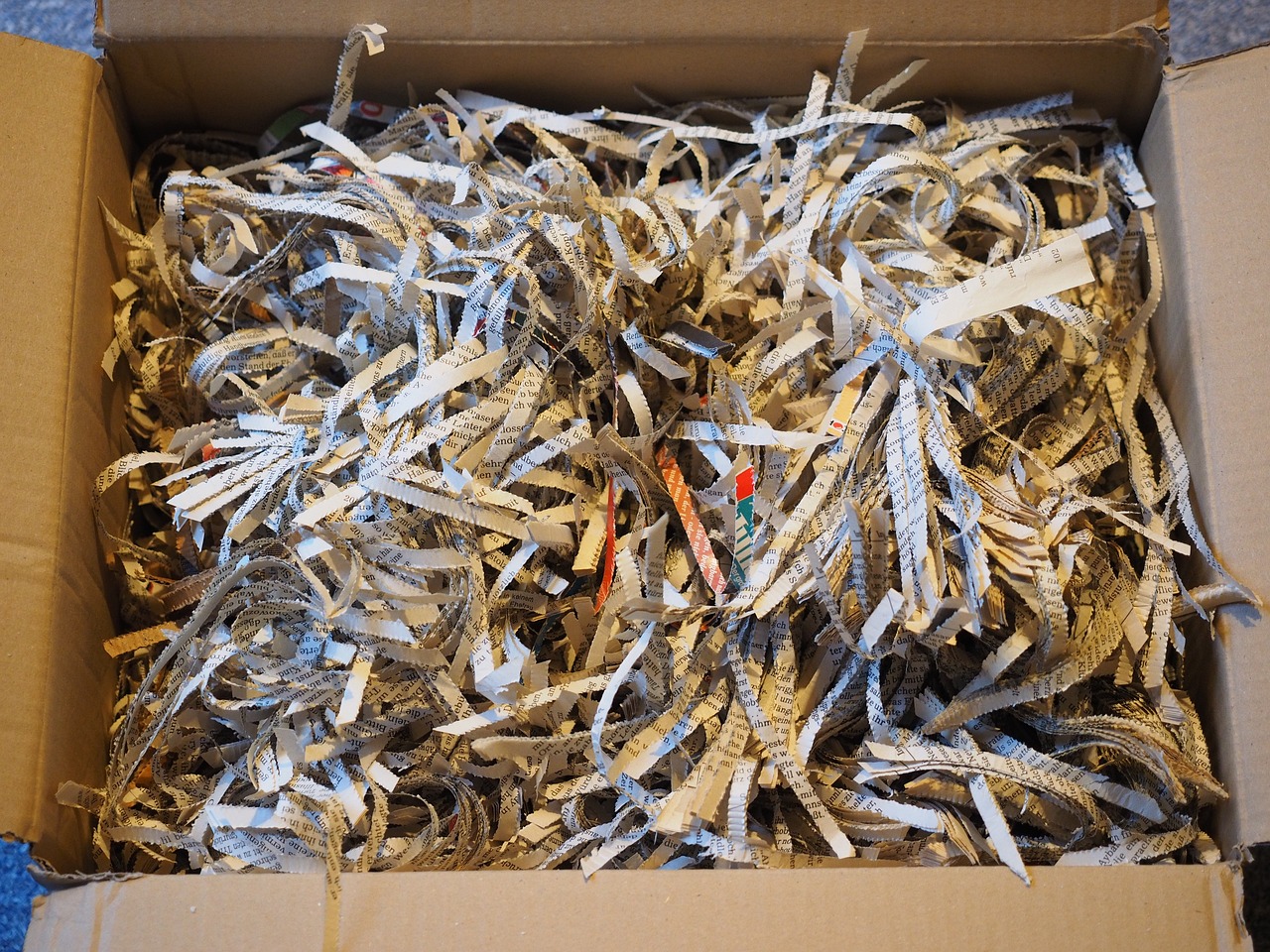
When to Use Non-Acid-Free Paper
Non-acid-free paper can often be seen as the underdog in the world of drawing materials. While it may not boast the same long-lasting qualities as its acid-free counterparts, there are specific instances where this type of paper truly shines. For artists, understanding when to reach for non-acid-free paper can save both money and resources, especially during the creative process. So, when should you consider using non-acid-free paper? Let's dive into some practical scenarios.
Firstly, non-acid-free paper is an excellent choice for practice sketches. Every artist knows that not every drawing needs to be a masterpiece. When you're experimenting with new techniques or trying to get a feel for a particular medium, using a more affordable paper allows you to focus on your creativity without the pressure of wasting expensive materials. Imagine you’re a chef testing out a new recipe; you wouldn’t use the finest ingredients for trial runs, right? The same principle applies here.
Additionally, if you’re working on temporary projects—like quick studies or rough drafts—non-acid-free paper can be perfectly suitable. These projects often don’t require the longevity that acid-free paper provides. Think of it as a sketchbook for ideas; you’re capturing fleeting thoughts and concepts that may not need to stand the test of time. In these cases, the texture and feel of the paper can still contribute to your artistic exploration without the added cost.
Moreover, non-acid-free paper can be a great option for mixed media experiments. If you’re layering different materials—such as ink, watercolor, or even collage elements—you might not be overly concerned about the archival quality of the paper. Instead, you're focused on the immediate visual impact and the creative process itself. Using non-acid-free paper in this context allows you to play freely without the worry of damaging more valuable supplies.
However, it’s essential to keep in mind that while non-acid-free paper is cost-effective, it does come with some downsides. Over time, this type of paper can yellow and deteriorate, particularly if exposed to light or humidity. So, if you decide to use it for any work you’d like to keep, consider it more of a stepping stone rather than a final destination. In short, non-acid-free paper serves its purpose well during the experimental phase of your artistic journey.
In conclusion, while non-acid-free paper may not be the hero of every artist's toolkit, it certainly has its place. Whether for practice, temporary projects, or mixed media experimentation, this type of paper allows for freedom and creativity without breaking the bank. So next time you're in the art supply aisle, don’t overlook the non-acid-free options; they might just be the perfect fit for your current artistic endeavor!
- What is the main difference between acid-free and non-acid-free paper?
Acid-free paper is designed to resist yellowing and deterioration over time, making it ideal for archival purposes. Non-acid-free paper, on the other hand, is more affordable but may yellow and degrade more quickly. - Can I use non-acid-free paper for important works of art?
While you can use non-acid-free paper for important works, it’s not recommended if you want the artwork to last. It's better suited for practice or temporary pieces. - Is non-acid-free paper suitable for all mediums?
Non-acid-free paper can work well with many mediums, but it may not hold up as well with wet media like watercolor due to its composition. - How can I preserve my artwork on non-acid-free paper?
To preserve your artwork, store it in a cool, dry place away from direct sunlight, and consider framing it under UV-protective glass.
Frequently Asked Questions
- What is the difference between rough and smooth drawing paper?
Rough drawing paper has a textured surface that enhances the grip of mediums like charcoal and pastels, allowing for expressive strokes and rich textures. In contrast, smooth paper provides a flat surface ideal for detailed work, especially with ink and fine pencils, enabling precision in every line.
- How does paper weight affect my artwork?
Paper weight, measured in grams per square meter (gsm), significantly influences the durability and texture of your artwork. Heavier paper (typically above 200 gsm) can withstand more layers of medium without warping, while lighter paper is great for sketching but may not hold up to heavy applications or wet media.
- When should I use acid-free paper?
Acid-free paper is essential for artists who want their work to last. It resists yellowing and deterioration over time, making it perfect for final pieces or important projects. If you’re creating something you want to preserve, acid-free is the way to go!
- Can I use non-acid-free paper for practice sketches?
Absolutely! Non-acid-free paper is often more affordable and can be a great option for practice sketches or studies. While it may not last as long, it’s perfect for experimentation without the worry of wasting more expensive materials.
- What types of specialty papers are available for artists?
Specialty papers cater to various artistic needs, including watercolor papers designed to absorb moisture without buckling, mixed media papers that can handle a range of materials, and papers specifically made for ink or pastel. Choosing the right specialty paper can elevate your artwork significantly!
- How do I choose the right paper for my art style?
Choosing the right paper depends on the mediums you use and the effects you want to achieve. For instance, if you prefer bold, expressive strokes, rough paper may be your best bet. However, if you focus on detailed illustrations, smooth paper will provide the clarity you need. Experimenting with different types can help you discover your favorites!



















